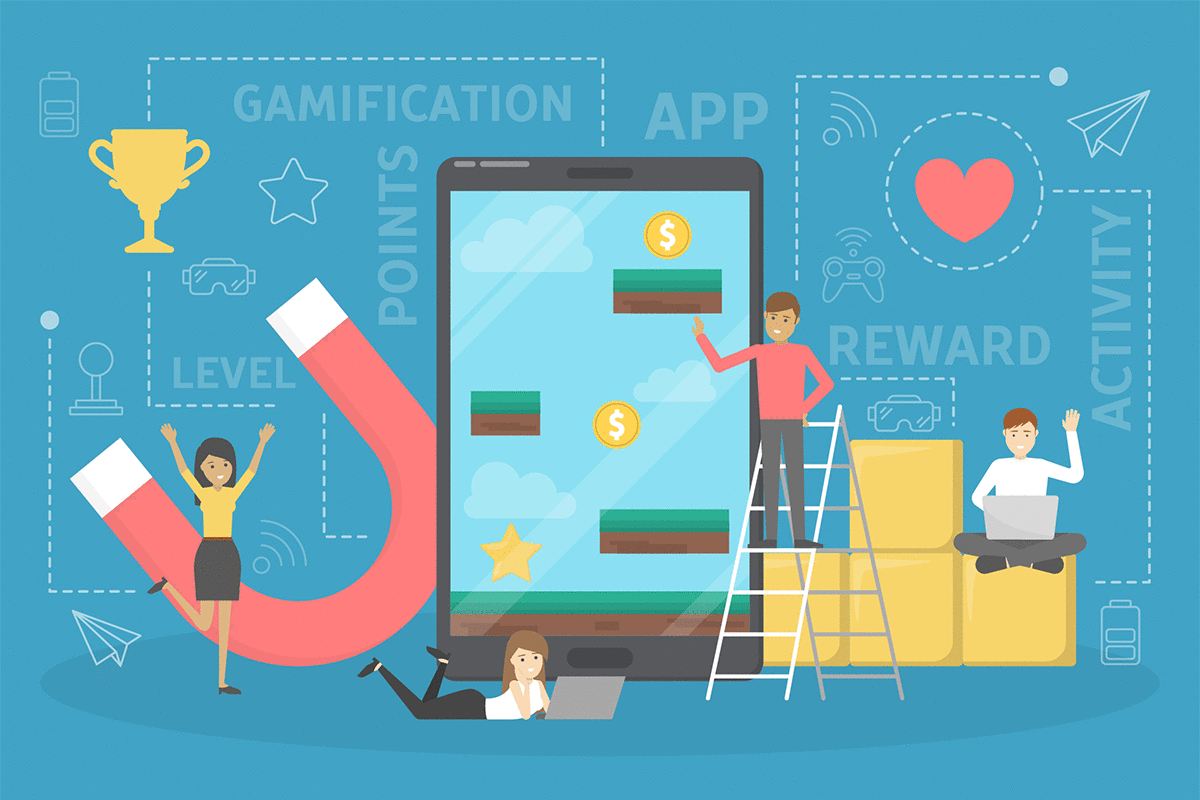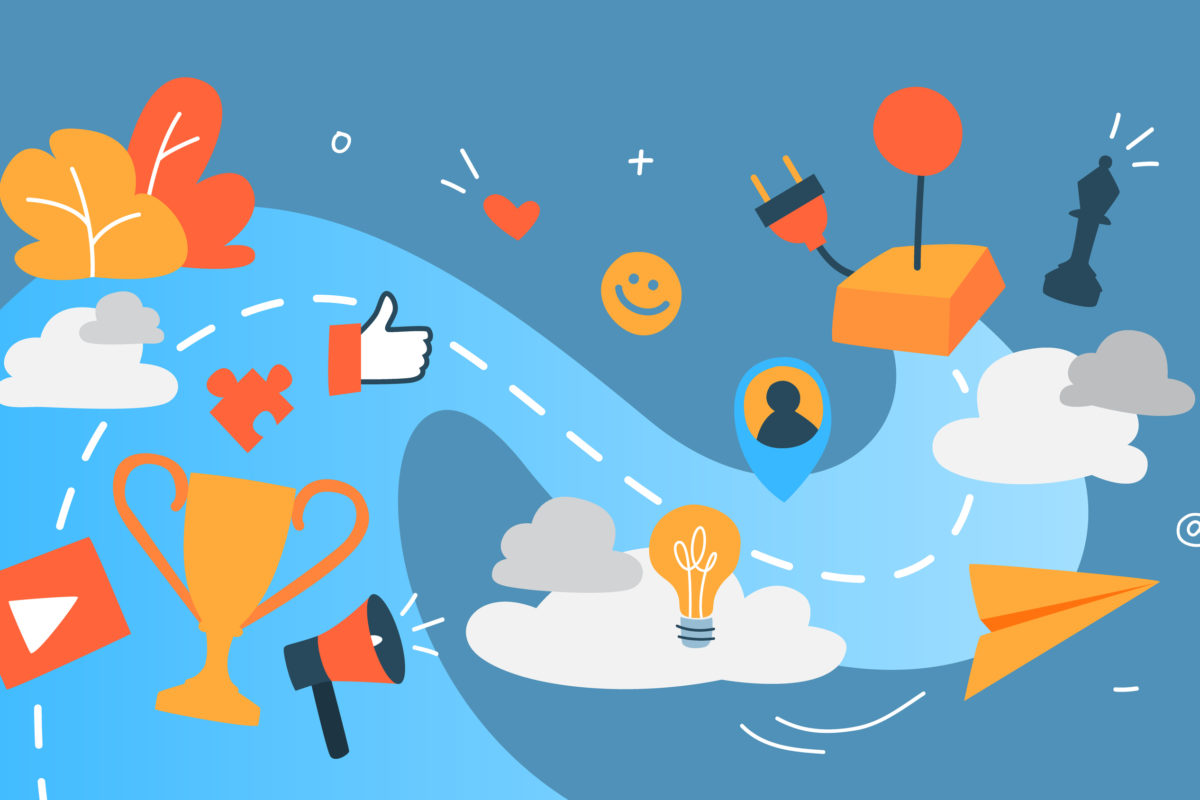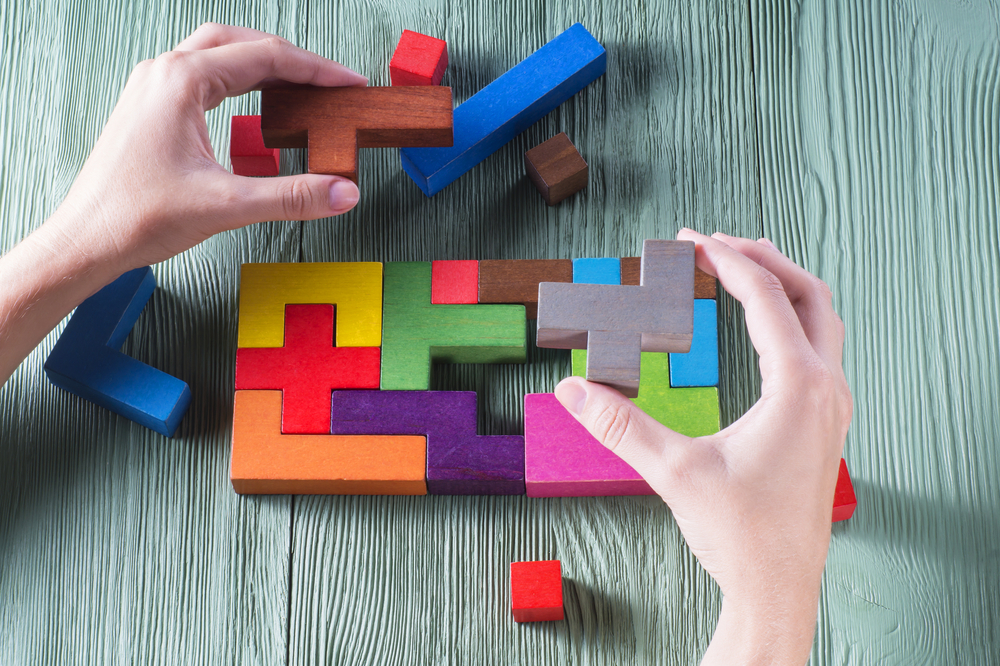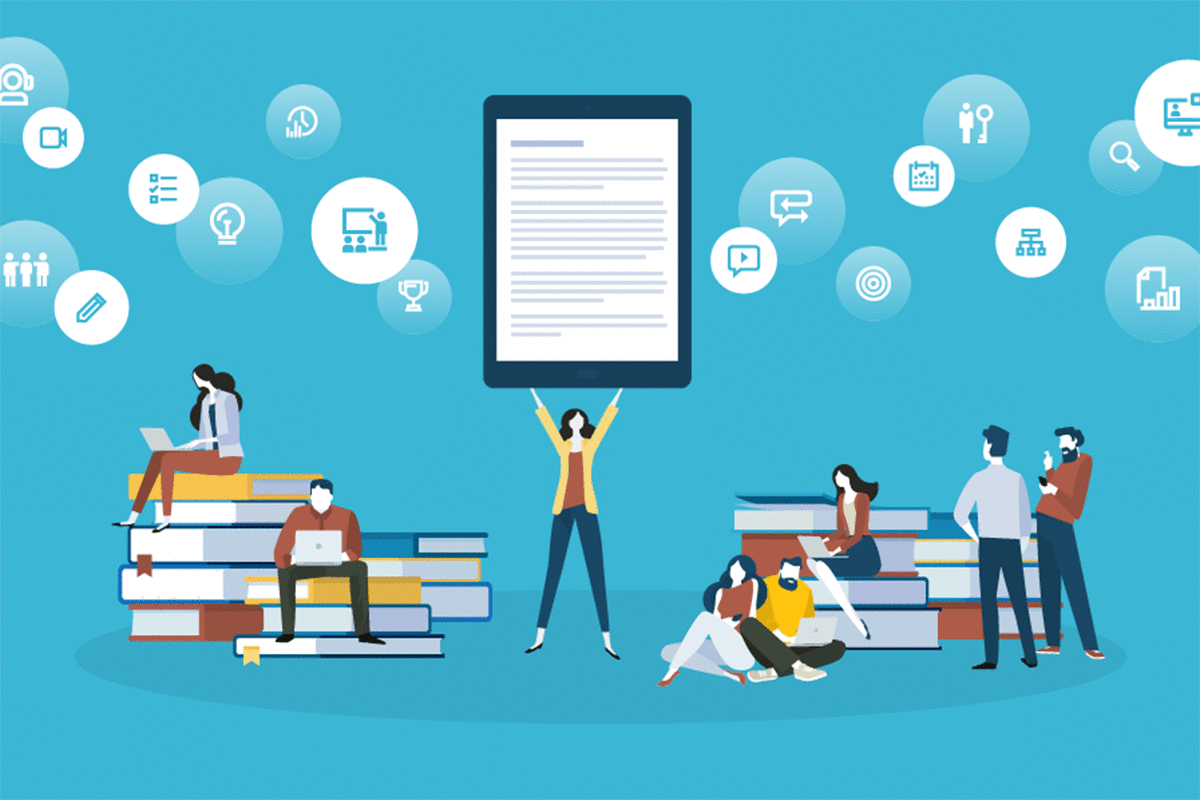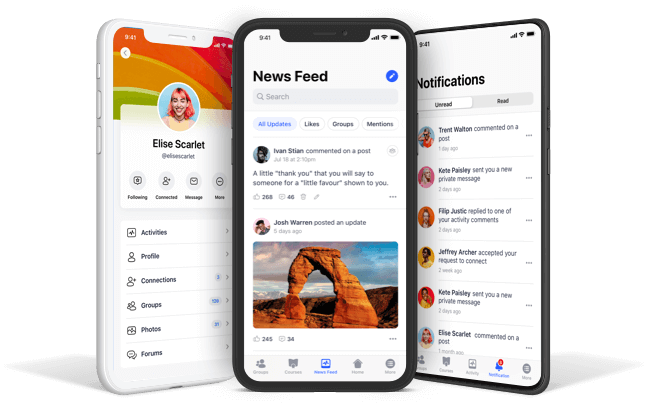Think about your favorite game. Where do feelings of enjoyment come from when you play it?
From competing with others to see your name climbing a leaderboard? Collecting achievement medals? Unlocking new stages and tools?
Games are productive for reducing stress and increasing feelings of relaxation. What if the same reward systems were applied to education?
What is gamification?
That’s exactly what gamification is for. When the elements of a game are applied to an activity, the outcome of that activity can be improved.
Simply put: gamification means creating the feel of a game that inspires people to try harder to achieve specific outcomes. When competition, achievement, status, recognition and altruism are part of an experience, people enjoy it more and do better at it.
For example, the Swedish National Society for Road Safety tested game theory to make drivers respect the speed limit.
They installed a traffic camera that rewarded drivers travelling under the speed limit with a lottery ticket. They penalized drivers the camera caught exceeding the speed limit.
The result: more people respected the speed limit. The road safety society saw an increase in the desired behaviour by turning driving into a competitive game.
Gamification in Elearning

Learning is no different from any other outcome gamification can enhance. Educators and job trainers who create a reward system for learning experiences report significant benefits in their students and employees. In fact, 89 percent of employees would be more interested in elearning training modules that feature a points-reward system, according to Pew Research.
At AppBoss, our LearnDash-integrated mobile apps utilize GamiPress.
In elearning, gamification can motivate students with:
- Illustrations of progress
- Scores
- Avatars
- Virtual currency
- Interactivity
- Gifts
- Real-time performance feedback
Not only can gamification enhance the commitment of students to the learning process – gamification doubles down on many the already-impressive benefits of elearning.
Elearning has been extensively proven to have the following positive effects on learners:
- Better student motivation
- Increased curiosity and attitude toward learning
- Higher course completion rates
- Better knowledge retention
- Time and money savings (due to anytime, anywhere access to content)
How to gamify your eLearning courses

Although it would be nice if we simply enjoyed learning for the sake of learning, there are strategies to generating enough student engagement to promote learning through games.
Biggs and Tang (2011) theorize:
- The learning activities should be meaningful to the student, who wants to succeed in them.
- Gamification is an excellent motivational tool for participants, as it challenges them to achieve the learning objectives. Gamification goes beyond physical rewards and promotes a mindset of constant achievement. When the goals of the learners are defined, numerous, and most importantly, measured, the learners will be more motivated to reach them.
- Gamification typically makes use of the competition instinct possessed by most people to motivate and encourage positive behaviors (and, as a result, discourage detrimental ones).
Beyond that, you will want to consider the game mechanics themselves.
ShiftELearning.com recommends building games with:
1) Challenges:

Build a learning experience with decision points based on real situations and choices with an increasing level of difficulty. A great game typically has a compelling story and a journey full of challenges.
2) Hero:

Put your participants in the driver’s seat. The player (participant-student) is the protagonist and hero of your story.
3) Points (consequences):
Provide instant feedback, just like the feedback within a game. Gamification in eLearning works best when you allow your participants to experience the consequences of their decisions. Let them know their progress.
4) Rewards
These include coins, badges, medals, trophies, treasures, etc.
5) Rules of the game
It’s suggested that you explain the mechanics of the game and detail the means to earn points and rewards.
Implementing gamified training

Effective gamification needs to address specific business goals. What areas of your business are you trying to improve?
Gamified training is fun. But it also needs to be functional. Plan carefully to develop actionable items that help employees achieve your business goals.
You cannot expect even a great teaching game to be an effective training tool for business results if it teaches a flawed process. Ensure your process is sound before considering gamified training to reap the rewards.
Gamification is an effective generator of extrinsic motivation. In gamification for training, this means the rewards of the game: badges, visualized progress, points, etc.
Extrinsic motivation can influence employees’ behaviour.
It’s most effective when employees can see the ongoing benefits of this new behaviour.
Ideally, this results in intrinsic motivation that motivates them to sustain the behaviour. Intrinsic motivation means seeing the value in the new behaviour and wilfully continuing it.
Conclusion
Learning games can take otherwise boring training and make it fun. Implement it well, and employees will feel a sense of intrinsic motivation for helping you achieve your business goals.
Employees will be happier, more content, better educated and grateful that you developed training focused on their welfare.




